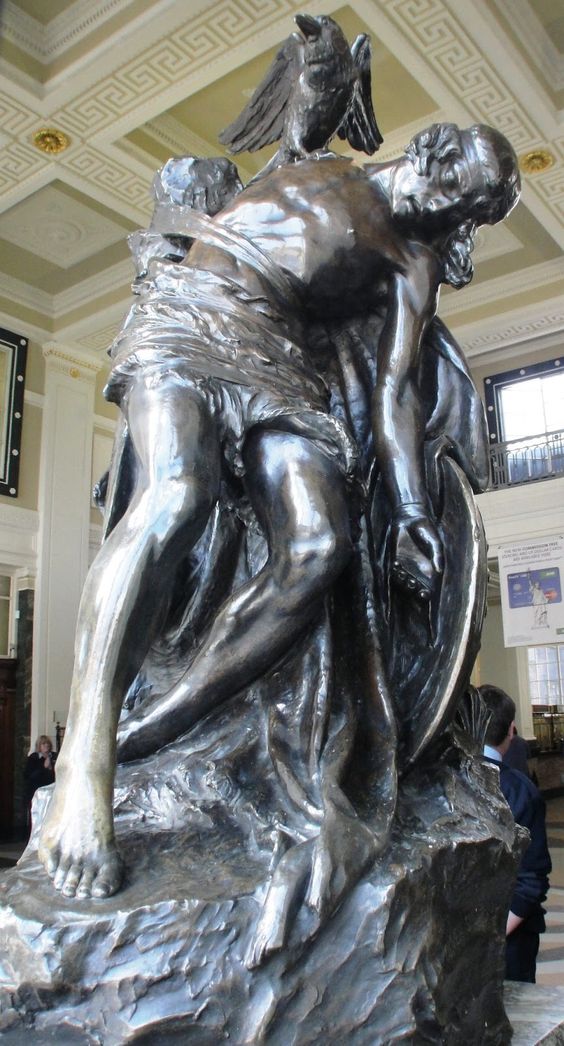Oliver Sheppard - Sculptor (1865 -1941)

Oliver Sheppard was born in Cookstown, Tyrone on April 10th, 1865. He emerged as a prominent sculptor in Irish art during a period of cultural and political transformation. His artistic journey mirrored the complexities of a nation grappling with its identity.
Have you listened to our podcast? Get the latest on our Episode Page.
Sheppard's early training at both the Dublin Metropolitan School of Art and the Royal Hibernian Academy instilled in him a foundation in classical European techniques. This influence is evident in his early works, such as "Inis Fáil" (Island of Destiny). This allegorical sculpture resonated with the Celtic Revival movement, which sought to revive Irish cultural identity through artistic expression.

Sheppard's political leanings proved unconventional for an Anglo-Irish Protestant of his time. He developed a growing sympathy for the Irish independence movement, fostered by his association with figures like Willie Pearse who was one of his many students. This empathy would later find expression in his most iconic creation.
In 1911, Sheppard unveiled "Cúchulainn," a monumental bronze statue depicting the legendary Irish warrior Cúchulainn mortally wounded but defiant. The sculpture became an instant national landmark and is located in Dublin's General Post Office, headquarters of the 1916 Rising. Cúchulainn, a symbol of strength and resilience, resonated deeply with a nation yearning for self-determination.

Sheppard's career continued to flourish after independence. He achieved international recognition through his participation in the art competitions of the 1924 and 1928 Summer Olympics. Beyond his sculptures, Sheppard left a lasting impact on Irish art education. A dedicated educator, he nurtured generations of Irish artists.
Oliver Sheppard died in Dublin on September 14th, 1941. He was buried in Old St Fintan's cemetary in Sutton, Dublin. For a more detailed account of his life, please visit the Dictionary of Irish Biography
















